HotSpots H2O: Drought and Unrest Push Residents Out of Central America’s Dry Corridor
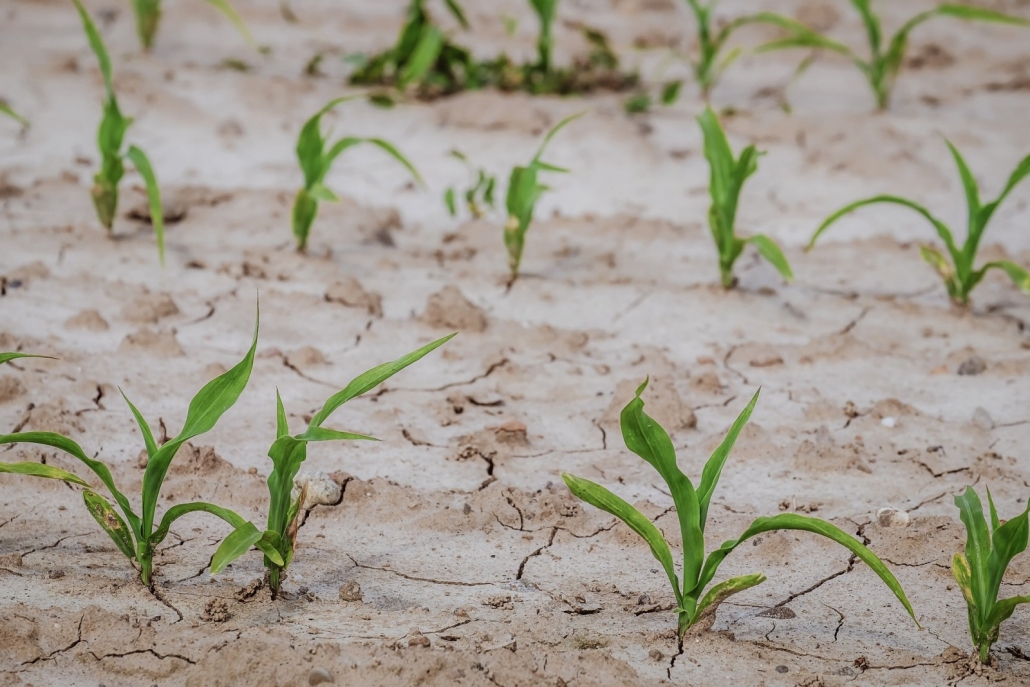
Crop are parched throughout Central America’s Dry Corridor. Photo courtesy of Pixabay.
Residents of Central America’s Dry Corridor are at a crossroads: stay in the drought-stricken region, where food insecurity and violence are rampant, or migrate.
Running along the Pacific Coast, the Dry Corridor includes parts of Guatemala, Honduras, El Salvador, and Nicaragua. According to the United Nations’ World Food Program (WFP), climate change is causing increasingly severe dry spells in the drought-prone region.
Parched conditions contribute to extreme food shortages. An estimated 1.4 million people in the four countries need food aid, and the number could rise to 2 million by the end of the year. In 2018, crop failures due to drought hurt one in 10 people in Guatemala.
“Over the past six years, the lack of rainfall has been our biggest problem, causing crops to fail and widespread famine,” climate scientist Edwin Castellanos, the dean of the research institute at Guatemala’s Universidad del Valle, told The Guardian. “Normal, predictable weather years are getting rarer.”
Together, food insecurity and water shortages are driving conflict in parts of the Dry Corridor, which is already known for gang violence. In El Salvador, some residents must cross gang lines to collect water, an infraction that could result in death.
In the midst of the resource shortages and civic unrest, many small-scale farmers have sought other jobs, often in urban areas. As the dry spell deepens, however, many families are considering even more distant relocation.
Research in 2017 by the WFP identified a link between food insecurity and emigration among residents of Honduras, El Salvador, and Guatemala. Last year, the organization also conducted interviews with small-scale farmers, and found that 8 percent plan to relocate due to lack of food. Many say they will go to neighboring countries, or attempt the hazardous journey into the United States.
“People first start to lose their income source, they then start to sell their assets, then they start to look for other possibilities,” Rossella Bottone, the WFP’s monitoring and evaluation officer for Latin America and the Caribbean, told the Thomas Reuters Foundation.
Bottone says the next step is often internal migration, to cities. If that fails, she said, then they look abroad.
Kayla Ritter is a recent graduate of Michigan State University, where she studied International Relations and Teaching English to Speakers of Other Languages. She is currently based in Manton, Michigan. Kayla enjoys running, writing, and traveling. Contact Kayla Ritter

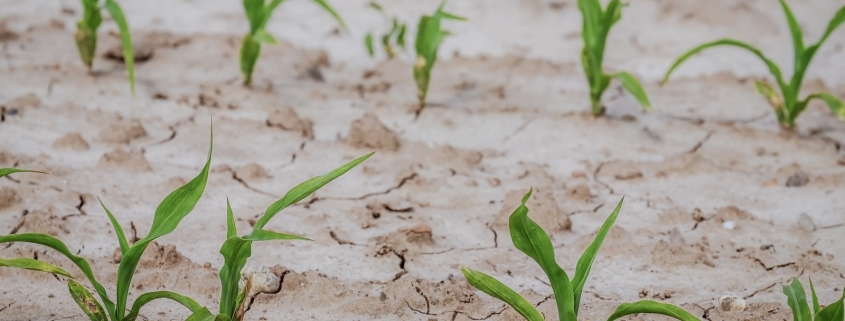

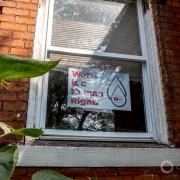
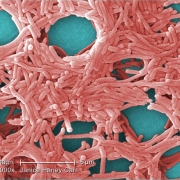
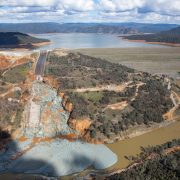
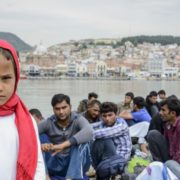
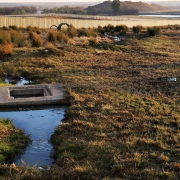
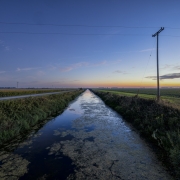




MAP?????????????????????